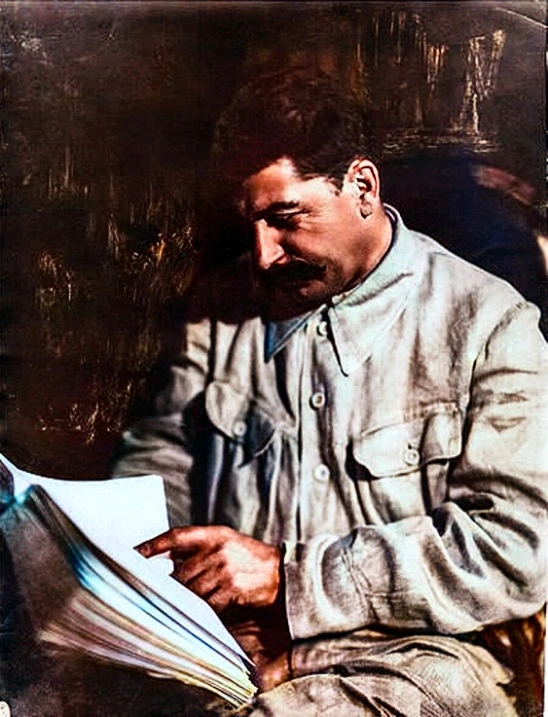Palestine Action has targeted a major weapons factory run by Teledyne, that supplies parts for F-35 jets. These are, of course, the same aircraft the UK refused to stop exporting parts for to Israel. And, they’re the same jets the genocidal state is currently using to bomb Gaza, Lebanon, Yemen – and potentially soon Iran. Palestine Action: shutting down Teledyne’s F-35 ops
Activists from Palestine Action climbed onto the roof of an American owned weapons factory, Teledyne CML Composites, in Wirral, on Tuesday 2 October. From the rooftop, they cut holes into the roof and sprayed blood red paint into the factory:
In solidarity with the Palestinian, Lebanese, and Yemeni people subjected to Israel’s daily massacres, activists have once again successfully shut down the site known to supply crucial parts for the murderous F-35 fighter jet programme.
As Palestine Action said on X, the group contaminated Teledyne’s clean room. This will “will cause severe disruption to the production of Israel’s F-35 fighter jet components”: Teledyne: complicit in genocide
Teledyne CML’s parent company, Teledyne Technologies, is the single-largest exporter of weaponry from Britain to Israel, while ‘CML Composites’ specialises in ‘Aircraft Structural Components’ for the F-35 fighter jet programme.
The ties between Teledyne CML and Israel’s genocide in Gaza run deep, with the Wirral factory also acting as a supplier to numerous other ‘Tier 1’ F-35 partners – including BAE Systems, Marand, and Magellan. To BAE Systems alone, Teledyne CML provides at least ten different “Special processes” for their F-35 programme contributions.
By maintaining approval for F-35 component export licenses for end-use in Israel, the British government remains an activist participant in Israel’s genocidal, criminal attacks on Gaza and Lebanon.
The F-35 fighter jet has been responsible for the delivery of thousands of 2,000lb and 4,000lb bombs on targets including tented refugee encampments in Gaza, and healthcare workers in Lebanon. Today’s action serves to demonstrate that, while the British state might be comfortable in facilitating these acts – Palestine Action cannot permit them. Not the first time Palestine Action has acted
This action is not the first time that Palestine Action have struck at the Bromborough site, driving a van through the factory gates in July 2024, before drenching the premises in red paint as a symbol of the Palestinian bloodshed it facilitates.
Its sister site, Teledyne Defence and Space, Shipley, was targeted by an occupation in April 2024, preventing the manufacture of military electronics bound for Israel. Earlier this month, a jury at Bradford Crown Court refused to convict the activists, who stood accused of ‘criminal damage’ for their action.



While we’re at it, even though this is a clean room, this location appears to be a workshop, not an assembly line or anywhere that’s directly implicated in production. Therefore this probably wasn’t the optimal target for an intervention to interrupt the supply chain as much as possible.
Yeah there is levels to clean rooms, something like ISO 9 are basically just a well filtered work area whereas something like a semiconductor clean room is an absolute feat of engineering, and the complexity ramps up very quickly. Looking at the building construction and HVAC, this is either a very low level clean room or there was a small modular cleanroom elsewhere inside the manufacturing facility.
Is there any indication that this was manufacturing facility in the first place? Looks more like a workshop or maintenance to me. IIRC from a thread on /r/trueanon this location would be used for repairing external structural components, not electronics manufacturing where contamination could set production behind in a huge way.